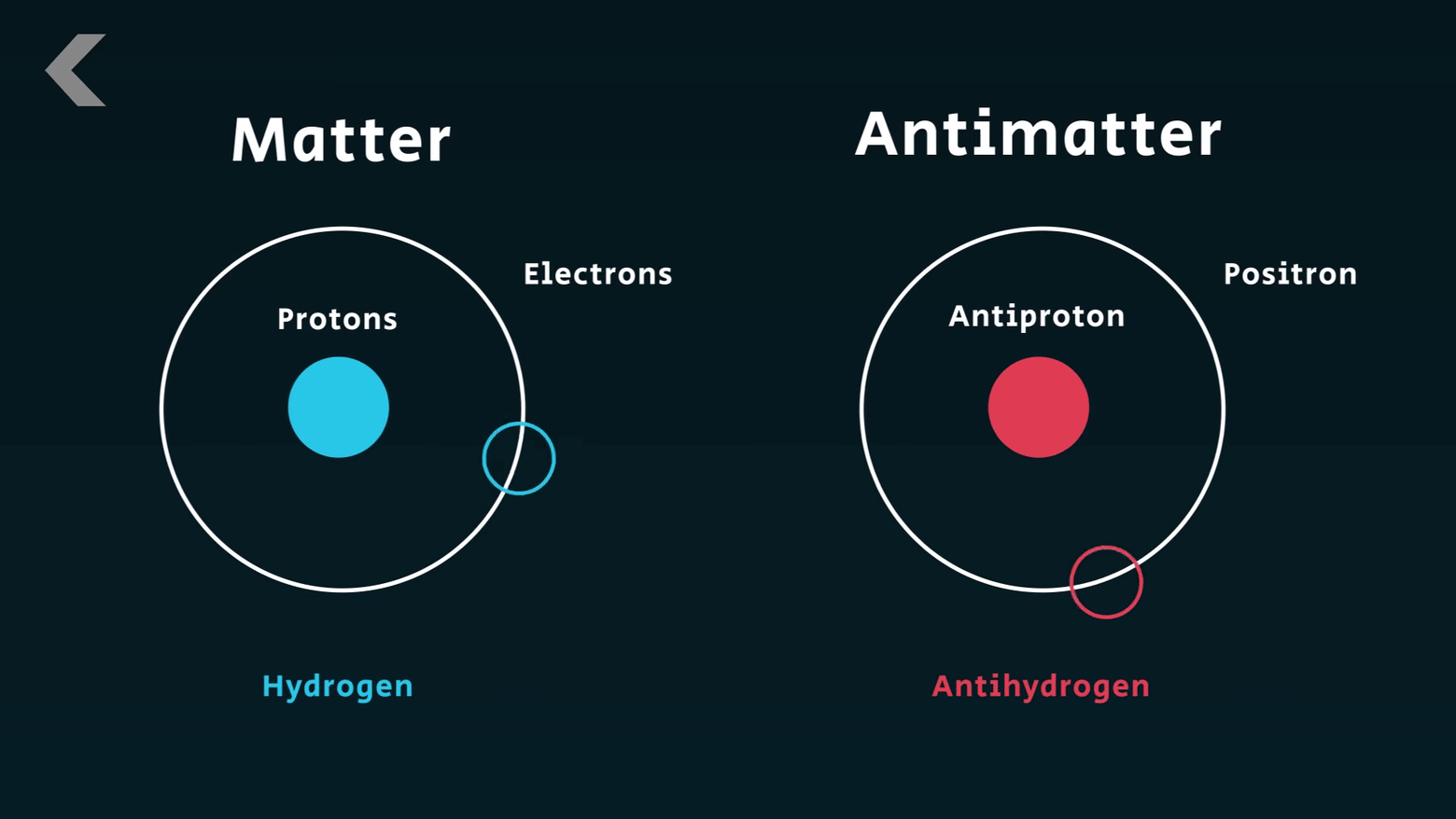Today (April 22, 1989) is the Memorial Day of Emilio Gino Segre, winner of the Nobel Prize for his discovery of the anti-proton.

Emilio Gino Segre was born on February 1, 1905, into a Separate Jewish family in Tivoli, near Rome. He was the son of businessman Giuseppe Centre and Amelia Susanna Treves, who owned a paper mill. He had two older brothers, Angelo and Marco. He was educated at Ginnacio in DeVoli. After the family moved to Rome in 1917, he graduated in Rome in July 1922 with the degree of Ginzio and Also. Joined the University of Rome La Sabina as an engineering student. In 1927, Segre met Franco Rosetti. Introduced him to Enrico Fermi. Two young physics professors were looking for talented students.


In September 1927 they attended the Volta Conference in Como. There he listened to Segre lectures from notable physicists, including Niels Born, Werner Heisenberg, Robert Milligan, Wolfgang Bowley, Max Blank and Ernest Rutherford. Sergey later joined Fermi and Rosetti in a laboratory in Rome. With the help of the director of the Institute of Physics, Orzo Mario Corbino, Segre was able to convert to physics, and, studying under Fermi, received his Laria degree in July 1928 in the scattering and magnetic rotation. After serving in the Italian Army from 1928 to 1929, he was appointed second lieutenant in antiaircraft artillery.


Segre published his first article on the irregular scattering of mercury and lithium. In the 1930s, Zekre began to study the Zeeman effect on certain alkaline metals. When his progress stalled because the diffraction criteria he was to pursue were not available in Italy, he wrote a letter asking for help from four laboratories elsewhere in Europe. Peter also received a call from Zeeman to complete his work at Zeeman's laboratory in Amsterdam. Sacramento was awarded the Rockefeller Foundation Fellowship. And on Fermi's advice, he was selected to use it to study under Otto Stern in Hamburg. Working with Otto Frisch in space measurement produced results that did not agree with the current theory. But Isidore Isaac Rabbi showed that theory and experiment agree if the nuclear vortex of potassium is +1/2.


From 1943 to 1946 he served as team leader for the Manhattan Project at the Los Alamos National Laboratory. In April 1944 he discovered that the proposed plutonium gun-type nuclear weapon Thin Man would not work because of the presence of plutonium-240 contaminants. Returning to Berkeley in 1946, he became a Professor of Physics and Scientific History, working until 1972. Seckray and Owen Chamberlain were co-chairs of a research team at the Lawrence Radiation Laboratory. On December 11, 1959, Owen shared the Nobel Prize with Chamberlain for his discovery of the opposite proton (anti-proton).


Emilio Gino Segre discovered the Anti-proton. Segre passed away on April 22, 1989, at the age of 84 in the United States. Segre was also active as a photographer. He also took many photographs documenting events and people in the history of modern science. They were donated to the American Institute of Physics after his death. The American Institute of Physics named the photo archive of the history of physics in its memory.
Source: Wikipedia.
Information: Dr. P. Ramesh, Assistant Professor of Physics, Nehru Memorial College, Puthanampatti, Trichy.


.jpg)
No comments:
Post a Comment